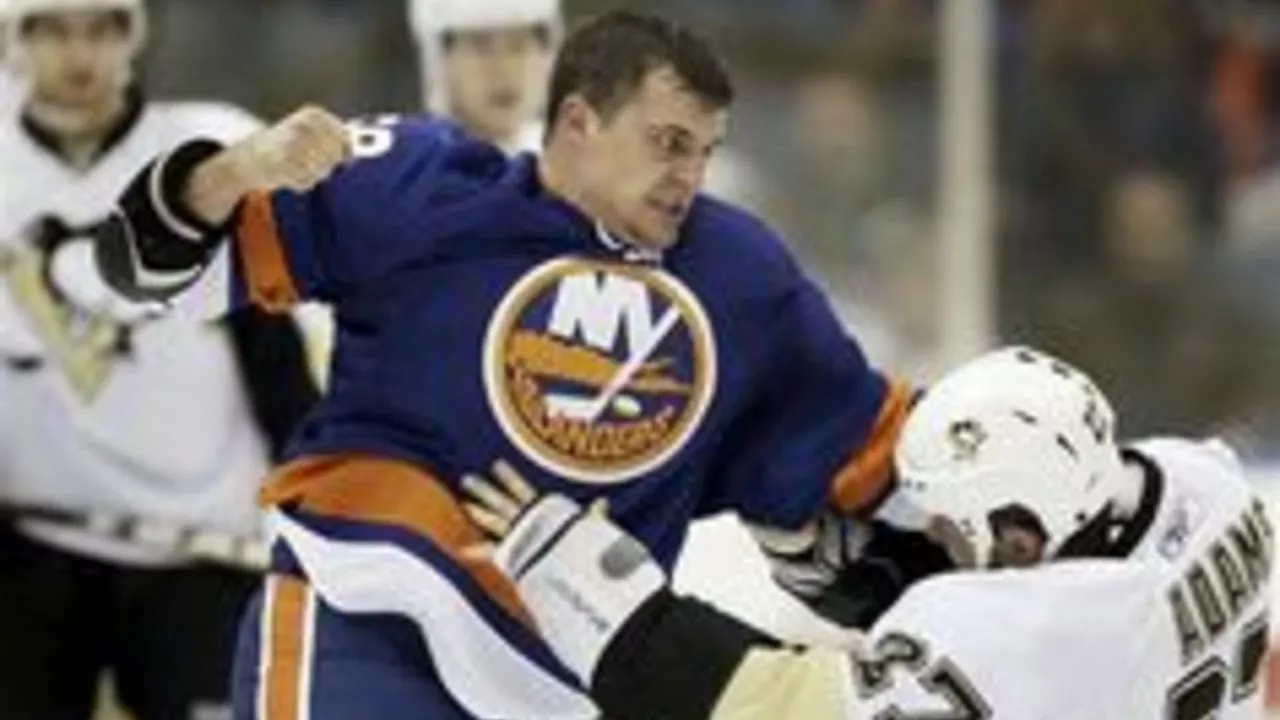Sports Aggression in Hockey and Football: What You Need to Know
Aggression gets a bad rap, but it’s also a core part of many games. In hockey, a hard check or a quick fight can shift momentum. In football, a powerful tackle can stop a drive. Understanding why players get fierce helps fans enjoy the action without glorifying danger.
Why Aggression Is Part of the Game
Both hockey and football grew from rough‑and‑tumble roots. Early leagues didn’t have helmets or strict rules, so brawls were normal. Over time, rules softened, but the need to protect territory and intimidate opponents stayed. That’s why you still see enforcers like Ryan Reaves stepping onto the ice to drop a fight.
In hockey, a stick check is a classic example. A defender lifts or pokes an opponent’s stick to steal the puck. Done right, it’s a clean defensive move. Done wrong, it can lead to penalties or injuries. The line between aggressive play and illegal behavior can be thin, which is why players practice timing and technique.
Football’s version of aggression shows up in big hits and blitzes. A linebacker charging the quarterback is like a hockey player charging the net. Both actions aim to disrupt the opponent’s rhythm and force mistakes. The adrenaline rush fans love often comes from seeing a player give their all, whether it’s a body check or a sack.
Channeling Aggression the Right Way
If you play or coach, teach aggression with control. Encourage players to use their energy for strong, legal plays rather than reckless brawls. For example, practicing stick checks on ice helps players learn where to hit without risking dangerous penalties.
In football, drills that focus on safe tackling techniques keep aggression productive. Teaching proper form reduces head injuries and keeps the game exciting. Coaches who balance intensity with safety often see better team cohesion and fewer suspensions.
Fans can also play a role. Instead of cheering every fight, root for smart plays that show skill and determination. Support players who lead by example—those who fight when necessary but know when to back off.
Remember, aggression isn’t about hurting opponents for the sake of it. It’s about protecting your goal, defending your teammates, and keeping the game lively. Whether you’re watching a heated NHL fight or a hard‑hit NFL defense, the underlying drive is the same: a desire to dominate the moment.
So next time you see a big hit or a heated exchange, think about the training, the strategy, and the split‑second decisions that lead to that moment. Aggression, when channeled properly, makes sports thrilling and keeps players pushing their limits.

Why do people fight in hockey games so much?
Well, you know, hockey's a tough sport, folks! Players fight a lot because they're just trying to protect their teammates or establish dominance on the ice. It's like a high-stakes game of 'king of the hill' but with sticks and skates. And boy, talk about a stress reliever! Nothing like a good ol' punch-up to blow off some steam, right? But remember, it's all in the spirit of the game, no hard feelings at the end of the day (except maybe a few bruises)!
Read More